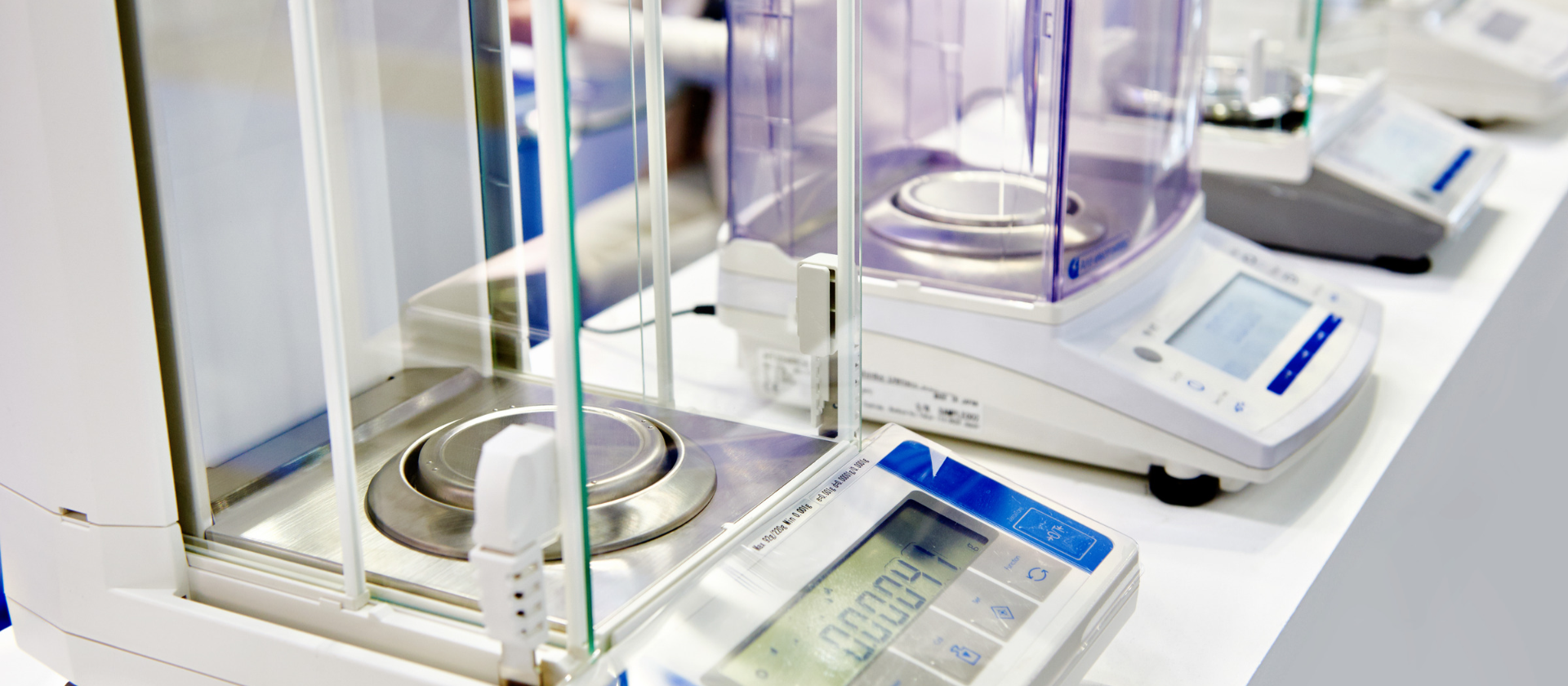Understanding the Basics About Laboratory Balances
Balances are used to measure the mass of liquids, solids, and other types of samples. They provide precise information for applications in analytical chemistry. Examples of this product include Top-loading, Triple-Beam, and Analytical Balances. These types of balances are often used to compare the weight of two different samples.
Scientists using these machines depend on their high levels of accuracy to complete their calculations and laboratory processes with precision. The following list of terms can help support your purchase of this equipment.

What balance do you need for your application?
Electronic Balances used in the Laboratory are typically classified as High Precision or Precision Balances. There are a number of choices - depending on laboratory application requirements.
High Precision
High Precision choices may include Micro Balances capable of determining masses at 1 million parts of a gram and Semi-Micro Balances that generally determine masses in one-hundred parts of a milligram.
Precision
The two most popular types of Balances used in the lab are the Analytical Balances and the Top Loader Balances. These are generally referred to as Precision Balances. This type of product may range in capabilities from parts of milligrams to parts of grams and kilograms.
Important Specifications
When choosing a weighing product for your lab, there are several important specifications to consider before making a decision. For example, you must consider capacity, accuracy, precision, reproducibility, and repeatability to determine your specific requirements. A brief explanation of each of these terms follows:
Capacity
This refers to the typical mass of the sample that will be placed on the balance. Consider the smallest and greatest amounts you might be measuring with your balance.
Accuracy and Precision
Ideally, your balance is accurate and precise, with measurements close to and tightly clustered around a known value. This is usually established by repeatedly measuring traceable reference standards.
Reproducibility
Reproducibility refers to the ability of an instrument to accurately replicate the results when done by someone else working independently.
Repeatability
Repeatability is the absence of variation in measurement. This is taken by one person or a balance on the same mass. The testing must occur under the same conditions.













